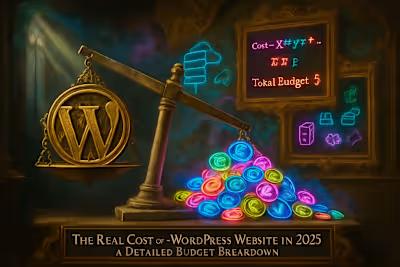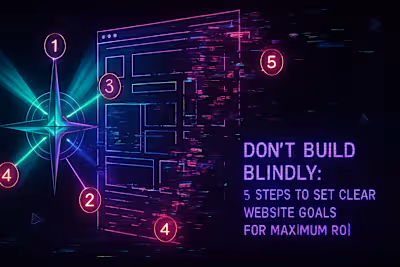The Testimonial Machine: How to Get Powerful Client Reviews for Your WordPress Business

The Testimonial Machine: How to Get Powerful Client Reviews for Your WordPress Business
The Psychology of Social Proof: Why Testimonials Work
Building Trust and Overcoming Skepticism
Reducing Purchase Anxiety
How and When to Ask for a Testimonial
Timing is Everything: Ask at 'Peak Happiness'
Make it Effortless for the Client
The Power of a Video Testimonial
What Makes a Testimonial Powerful?
Focus on Specific, Quantifiable Results
Tell a Before-and-After Story
Include a Name, Title, and Photo
Leveraging Your Testimonials Everywhere
On Your Website and Within Case Studies
In Your Proposals and Pitches
On Your Social Media Profiles
References
The Testimonial Machine: How to Get Powerful Client Reviews for Your WordPress Business
The Psychology of Social Proof: Why Testimonials Work
Building Trust and Overcoming Skepticism
Reducing Purchase Anxiety
How and When to Ask for a Testimonial
Timing is Everything: Ask at 'Peak Happiness'
Make it Effortless for the Client
The Power of a Video Testimonial
What Makes a Testimonial Powerful?
Focus on Specific, Quantifiable Results
Tell a Before-and-After Story
Include a Name, Title, and Photo
Leveraging Your Testimonials Everywhere
On Your Website and Within Case Studies
In Your Proposals and Pitches
On Your Social Media Profiles
References
Posted Jul 6, 2025
Don't just hope for good reviews. Learn a systematic approach to collecting and leveraging powerful client testimonials that build trust and attract more of your ideal clients.







